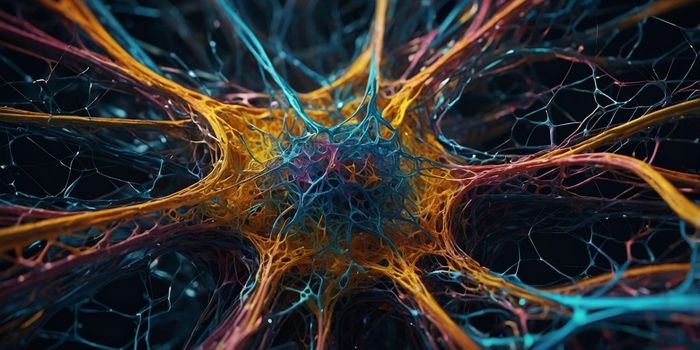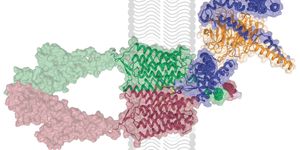Important Considerations in the Humanization of Antibodies

To reduce the immunogenicity of mouse antibodies, several humanized antibody strategies have been developed for antibody drug development research, such as chimeric antibody, phage display, and humanized antibody animal models. Herein, we discuss several antibody humanization methods to understand the most advantageous technical platforms for the development of human antibodies.
How are antibodies humanized?
Chimeric Antibody Technology
The establishment of humanized antibodies first began with the construction of chimeric antibody technology, which retains the specificity of the antigen-antibody interaction by combining a mouse antibody variable region with a human antibody constant region. With the addition of complementarity-determining region (CDR) shift technology, only the binding epitope sequences in mouse antibodies are retained and the remaining ~90% of the chimeric antibody sequences are all human antibody components. However, this humanized antibody technology still risks immune rejection or hypersensitivity in clinical applications due to the existence of 10% mouse-derived antibody sequences.
Phage Display Technology
Phage display technology became used in the early 1990s to develop fully human antibodies with high affinity. The desired combinatorial expression repertoire of antibodies is constructed with the fusion of phage coat proteins with foreign antibody genes, such as from humans. The human antibody genes are fused with the phage coat protein, which are then displayed together on the surface of the phage.
An important contribution of phage display technology to the development of human antibodies lies in the fact that it does not rely on in vivo immune responses. Candidate human antibodies with affinity maturation that bind different antigens can be directly obtained through in vitro antibody screening methods.
Human Antibody Mouse Platform
In the early 90s, researchers established a fully human antibody development platform that has driven the advancement of clinical applications for human antibodies: a transgenic mouse model expressing human antibody genes. This technology can introduce human antibody genes into the corresponding location of the mouse antibody genome, effectively replacing it. After immunizing the mouse with an introduced antigen, fully human antibodies can be synthesized and produced in mice.
Although the development of mouse models expressing human antibody genes is relatively slow in the initial stages, its biggest advantages come once the initial antibody is obtained. The naturally occurring antibody optimization process in mice includes high frequency mutation, which improves antibody affinity and effectiveness, while also reducing immune rejection. Currently approved clinical applications demonstrate that antibody drugs developed by human antibody mouse platform perform better in terms of evaluation of relevant indicators of antibody drug resistance (e.g., antibody self-polymerization, specific binding, etc.).
Overcoming the Challenges of Humanized Antibody Production
With the rapid development of antibody drug discovery, using gene editing technology to construct humanized mice with human antibodies has quickly become an important subject. The establishment of a mouse model expressing a human antibody provides a reliable and irreplaceable platform for the development of therapeutic antibody drugs. However, the large genomic region of human antibody immunoglobulin makes the construction of large-fragment knockin (LFKI) humanized mice tremendously challenging, especially for genes greater than 1 Mb.
Despite these challenges, Cyagen is able to generate large fragment knock-in (LFKI) humanized mouse models that express human antibody genes. Their proprietary TurboKnockout® Gene Targeting has been used to achieve LFKI humanization and genetic modifications for regions up to 300 kb.
White Paper on Human Antibody Discovery Research
In this White Paper, our experts review the whole process of antibody drug development and analyze the various strategies used in generating human antibody mouse models.
Outline of Contents
1. How are Therapeutic Antibodies Developed?
2. Important Considerations in the Humanization of Antibodies
3. Human Antibody Discovery Using In-vivo Mouse Models
4. Leveraging Humanized Mice for Human Antibody Discovery
Download Free White Paper on Human Antibody Discovery Now!









